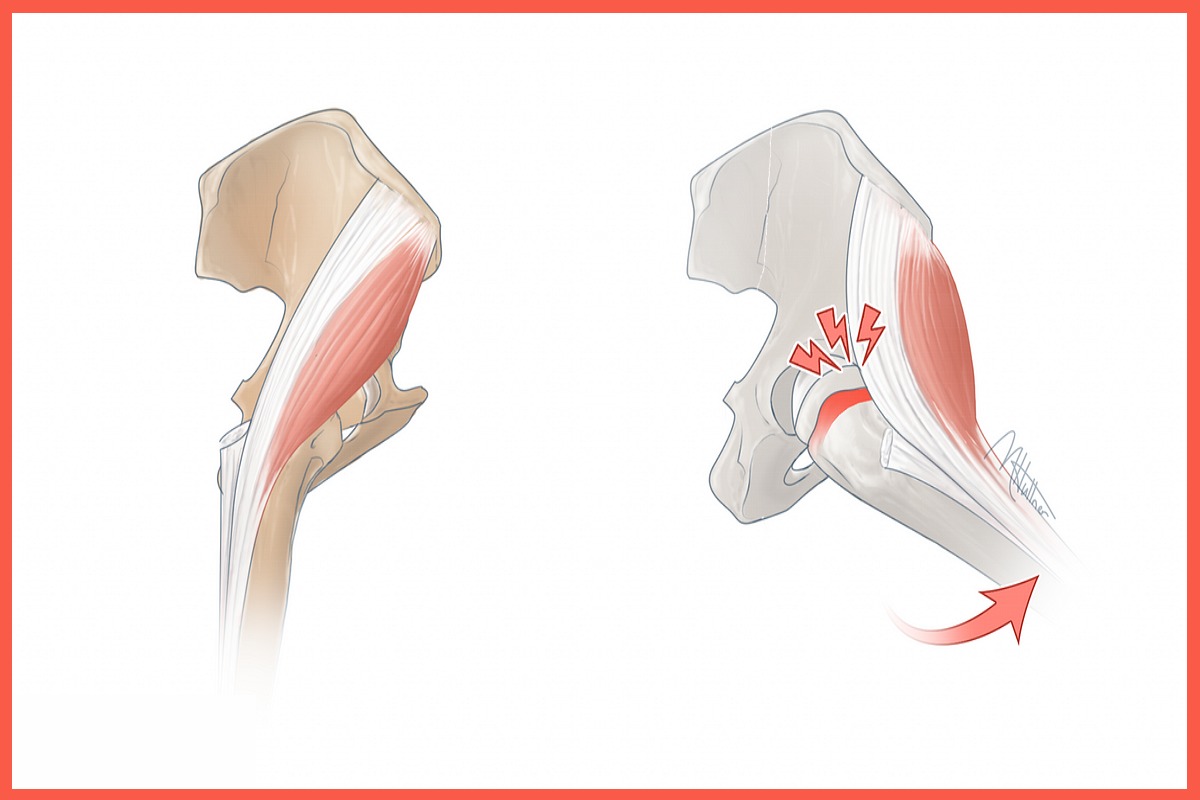
Snapping Hip Syndrome – What You Need To Know
Do you often feel or hear a snapping sensation in your hip when you move? Here is what you need to know about snapping hip syndrome (SHS) and how to treat this condition.
Table of Contents
What is Snapping Hip Syndrome?
SHS is a hip disorder in which the affected individual may hear a snapping sound or sensation when they move the hip joint. This condition occurs when inflammation sets into the muscle tendons as a result of overuse.
The tendons then click as they move over the hip socket bone with movement. This condition is also often called the dancer’s hip because it is so common in these types of athletes.
While it may be a simple nuisance to most people, the condition may also present with pain or weakness that could potentially diminish athletic performance.
Causes:
The primary cause depends on the type of SHS that an individual presents with. Internal SHS happens when the tendons continue to slide over the bones located at the front of the hip joint.
Conversely, external SHS occurs when the muscle or tendon slides along the bone at the top of the femur. Lastly, intra-articular SHS happens as a result of a hip joint problem or injury. This type of syndrome is not caused by the movement of the tendons or muscles.
Symptoms:
The first symptom of this condition is the telltale audible snapping sound or popping sensation that occurs when you flex the hip.
While this does not generally cause pain or discomfort at first, it can eventually lead to some more serious symptoms.
Some of these symptoms include pain, inflammation, swelling, muscle weakness stretching through the leg, and difficulty performing basic physical tasks such as walking.
Diagnosis:
If you suspect that you may have SHS, you may want to consult with a medical care professional, particularly if it is causing you pain or interfering with your daily life. The doctor will first look to determine what type of syndrome you have and the root cause of your case.
After examining the patient’s medical history and detailing the symptoms, the doctor will perform a physical examination to rule out other issues. This is generally followed up with an x-ray or an MRI to eliminate other more serious hip disorders or health conditions.
Treatment:
The treatment protocol for SHS largely depends on the severity of the condition. Home treatments such as ice application and over-the-counter pain relievers may be enough to bring relief.
Your doctor may also recommend basic physical therapy exercises or simple stretches. You can even lean on a virtual physical therapy session to treat this condition in today’s connected world. Joint Academy is a leading player when it comes to offering innovative treatment for SHS.
This service puts you in touch with professional physical therapists that focus solely on hip and knee conditions, providing targeted and expert therapy.
Understanding more about this condition can help to guide you as you seek out the best potential treatments for your specific case.


